As a health coach, I work with people who want to change habits and make healthier choices.
WHY IS IT SO HARD TO CHANGE HABITS?
I started looking for answers and had the good fortune to find Charles Duhigg’s book The Power Of Habit: Why We Do What We Do In Life And Business. Here is what I learned from Charles. The Framework for Change summary at the end of this article cuts to the chase.
Habits and Urges
A habit is a subconscious mechanism that impacts countless choices that seem as if they are the products of well-reasoned thought, but actually are influenced by urges most of us barely recognize or understand. (Pg 6)
Habits Are a Brain Loop
Habits follow a three-step loop in your brain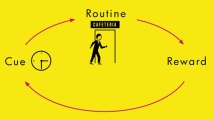 CUE: a trigger that tells your brain to go into automatic mode and which habit to use.
CUE: a trigger that tells your brain to go into automatic mode and which habit to use.
ROUTINE: an action that can be physical, mental or emotional in nature.
REWARD: the outcome that helps your brain figure out if this particular loop is worth remembering for the future.
The Brain Stops Participating
Over time, the pattern becomes automatic. The cue and reward are intertwined until a powerful sense of anticipation and craving emerges and a habit is born. (Pg 19) When a habit emerges, the brain stops fully participating in decision-making.
HABITS CAN BE A BENEFIT OR A CURSE
HABITS AREN’T DESTINY
Once you break a habit into its components, you can fiddle with the gears. Even small shifts can end the pattern. (Pg 27)
Craving Powers the Habit Loop
Merriam-Webster defines craving as an intense, urgent, or abnormal desire or longing.
Craving for a break, for stimulation, endorphins from exercise, satisfaction from accomplishment, ease of boredom or loneliness is what powers your habit. Particularly strong habits produce addiction-like reactions so that “wanting evolves into obsessive craving” which forces the brain into autopilot. (Pg 50)
Craving = the brain sees the cue and begins anticipating a momentary distraction, (the dopamine release)
Routine = action to feed the craving, answer emails, go to the cafeteria and eat a cookie
Reward = relief from the craving, albeit momentary
To overpower the habit you must recognize which craving is driving the behavior.
You must become conscious of the anticipation, like when the smell of cinnamon draws you as an unseen force to a Cinnabon counter.
The Golden Rule of Habit Change
The change process will keep the cue, provide the same reward, but insert a new routine.
Learn new routines that draw on the same trigger. Recognize your existing habit and accept new routines. (Pg 79)
You can’t extinguish a bad habit, you can only change it.
THE FRAMEWORK FOR CHANGE
Ok, roll up your sleeves and let’s get started. Here are some examples to guide you.
Identify the Routine
Experiment with Rewards
Isolate the Cue
Have a Plan
STEP ONE – Identify the Routine, usually the behavior you want to change.
You go to the cafeteria mid-afternoon buy a cookie and eat it while chatting with friends.
What is the Cue? Hunger, boredom, a break before beginning a new task or low blood sugar?
What is the Reward? Is it the cookie itself, change of scenery, temporary distraction, socializing with colleagues or energy from the sugar hit?
STEP TWO – Experiment with Rewards. Isolate what you are actually craving.
Rewards satisfy cravings. To figure out which cravings are driving particular habits, it is useful to experiment with different rewards. Feel no pressure here, just be a scientist in the data collection stage.
Feel the urge for your afternoon cookie but take a detour outside for a short walk and then go back to work.
The next day, go to the cafeteria and buy a donut, return to your desk and eat it.
The next day go to the cafeteria, buy an apple and eat it while chatting with friends.
The next day, walk into your friends room and chat for a bit.
What you choose to do is not important. The point is to test different hypotheses to determine which craving is driving your routine. Is it the cookie or the break? If it is the cookie, is it because you are hungry? If so, the apple will take care of it. Is it an excuse to socialize? If so, walking into your friends room to chat will take care of it.
As you conduct your experiment, start looking for patterns. Write down the first three things that come to mind after you test each reward. They can be random thoughts or reflections. “Relaxed, Saw flowers, Not hungry”. Then set an alarm for 15 minutes. When it goes off, ask yourself how you feel about that cookie urge. If 15 minutes post donut, you still want a cookie then the driver is not low blood sugar. If after stopping to chat with a friend you still want the cookie, then social interaction is not what’s driving you.
STEP THREE – Isolate the Cue
Look for patterns for three days. It will be clear what cue triggers your habit.
Location – Where are you?
Time
Emotional State – Bored
Other People – Alone
The Immediately Preceding Action – Answered an email
STEP FOUR – Have a Plan
Once you identify your cue and your real reward (for example, not the cookie but a moment of distraction), write a plan: “Every day in the afternoon I will walk to a friend’s room and talk for 10 minutes.” It won’t work all the time or immediately but it will eventually become the new habit. You will go home feeling better about making choices instead of being compelled by habit and giving up your power.
 The Power of Habit by Charles Duhigg. 2012 Random House ISBN 978-1-4000-6928-6 or e book ISBN 978-0-679-60385-6. Charles Duhigg is a Pulitzer Prize-winning investigative reporter for The New York Times. He is a graduate of Harvard Business School and Yale College. Learn more at charlesduhigg.com.
The Power of Habit by Charles Duhigg. 2012 Random House ISBN 978-1-4000-6928-6 or e book ISBN 978-0-679-60385-6. Charles Duhigg is a Pulitzer Prize-winning investigative reporter for The New York Times. He is a graduate of Harvard Business School and Yale College. Learn more at charlesduhigg.com.
Dorothy coaches people on their way to achieving health and lifestyle goals. Contact her at www.SynergyWellnessNW.com
Filed under: Behavior Change, Diet & Weight Loss, Health & Healing, Life Coaching | Tagged: behavior change, goals, Habits, health coach, healthy habits, motivation, wellness, wellness coach | Leave a comment »


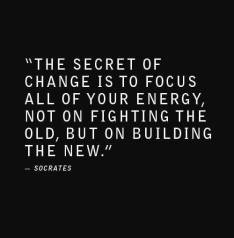

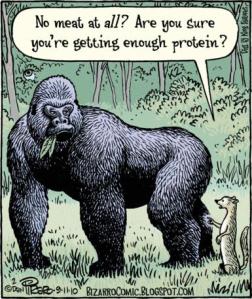
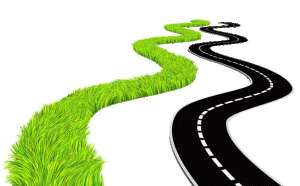

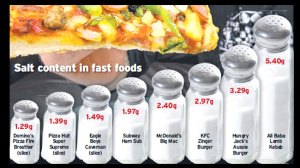




![090330154806-large[1]](https://dorothysager.wordpress.com/wp-content/uploads/2012/10/090330154806-large1.jpg?w=185&h=240)